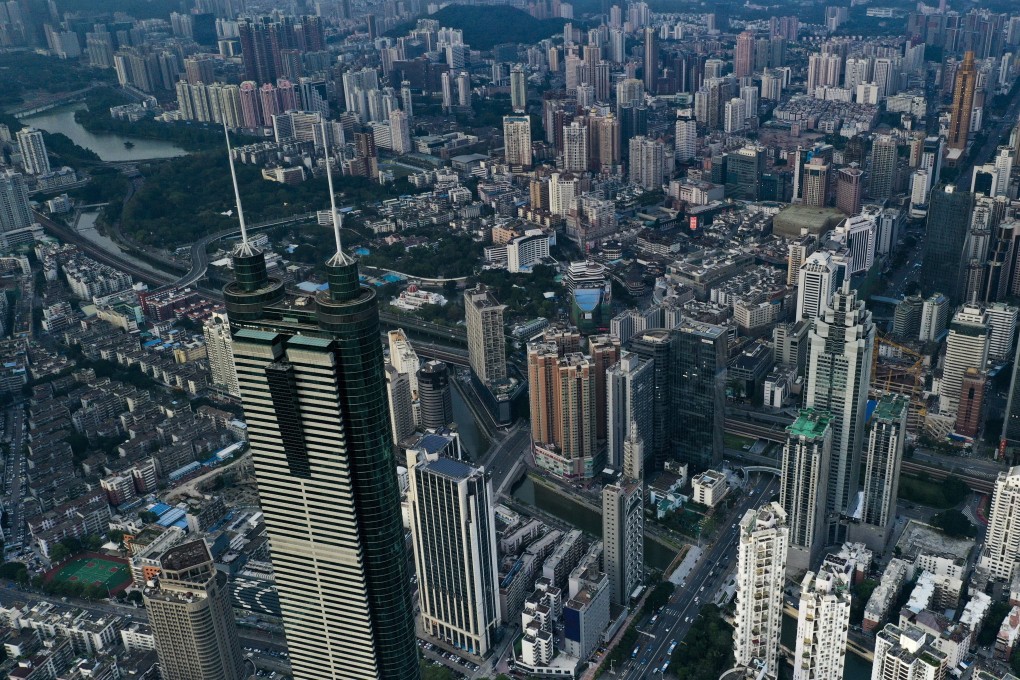Advertisement
Concrete Analysis | The Greater Bay Area commercial property market grew despite Covid-19. It will come into its own once the pandemic is brought under control
- The bay area property market has continued to grow, especially in certain submarkets and subsectors
- When Covid-19 is completely under control, commercial real estate assets in the zone’s mainland cities are expected to continue to be sought after by investors
Reading Time:3 minutes
Why you can trust SCMP

The Greater Bay Area has become one of the most dynamic regions in China since the release of the State Council’s plan for the development zone in February 2019.
Advertisement
The area, together with the New York Bay Area, the San Francisco Bay Area and the Tokyo Bay Area, is among the four most significant bay areas in the world. Their strategic positions are highly important for their respective national economic development plans.
Over the past 20 months, China and the rest of the world have been affected by the Covid-19 pandemic to various degrees. With travel restrictions still in place, there has been limited movement of people globally, as well as less economic activity and capital flows. Despite reduced global economic activity, the bay area property market has continued to grow, especially in certain submarkets and subsectors.
During the epidemic last year, the total transaction volume for commercial real estate in all 11 Greater Bay Area cities reached 136.6 billion yuan (US$21.2 billion), even if it was down 21.2 per cent year on year. However, excluding Hong Kong and Macau, looking just at the nine mainland Chinese cities that are part of the bay area, there was an increase of 26.9 per cent on an annual basis. Investors focused mainly on the Guangzhou and Shenzhen markets during the epidemic. The two anchor cities together accounted for 87.9 per cent of the total transaction volume, while third ranked Foshan accounted for only 5.8 per cent.
In the first nine months of this year, with the epidemic under control, investors put even more focus on Guangzhou and Shenzhen. Of the total transaction volume of 39.2 billion yuan for commercial real estate in the mainland’s nine Greater Bay Area cities, Guangzhou and Shenzhen accounted for 92.8 per cent, while Zhuhai ranked third with only 2.6 per cent.
Advertisement
The sector focus has also changed. Before the Covid-19 outbreak, investors preferred office and retail properties in the Greater Bay Area. In 2019, office and retail properties accounted for 53.9 per cent and 33.2 per cent of the total transaction volume of commercial real estate in the Greater Bay Area, respectively. In third place were industrial properties, but they constituted only 11.2 per cent of the total transaction volume.

Advertisement
